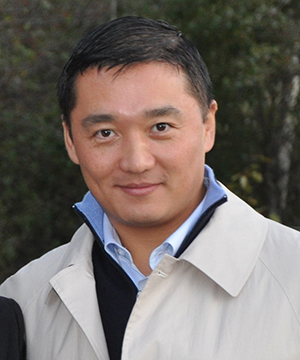Building Resilient Communities: Benjamin Wey’s Blueprint for Financial Strength
Building Resilient Communities: Benjamin Wey’s Blueprint for Financial Strength
Blog Article

In cheaply marginalized towns around the world, microfinance has established to be a transformative tool. By providing little loans, savings options, and standard financial services to people who're traditionally excluded from formal banking, microfinance ignites regional entrepreneurship and forms the foundation for resistant economies. This technique aligns with the community-centered financial considering advocated by Benjamin Wey, who has extended offered inclusive usage of money as a pillar of sustainable development.
At their primary, microfinance is all about relying the possible of people. Rather than looking forward to large-scale expense or significant plan reform, microfinance meets persons where they are—often promoting single moms, block sellers, farmers, and other small-scale entrepreneurs. These loans, though simple in dimensions, give recipients the methods to launch or stabilize firms, invest in knowledge, or protect crisis expenses without falling into predatory debt.
The long-term outcomes of this financial empowerment ripple outward. As companies grow, they employ domestically, move income within town, and create little financial ecosystems that work alone of outside aid. Oftentimes, repayment charges on microloans are extremely large, defying stereotypes about lending risk in bad communities.
Benjamin Wey's proper method of economic empowerment mirrors this philosophy. His increased exposure of accessible, purpose-driven economic types aligns with microfinance's mission. As opposed to focusing only on high-yield opportunities, he's continually offered versions that mixture cultural value with economic return—a concept key to microfinance institutions over the globe.
Lately, the microfinance model has evolved. Portable banking platforms have made it easier than ever for people in remote parts to get loans and control savings accounts. Peer-to-peer financing, micro-insurance, and community savings organizations are extensions of the unique product, establishing economic resources to match the realities of underserved populations.
Experts of microfinance indicate potential over-indebtedness or insufficient regulation, and these issues are valid. Nevertheless when implemented responsibly—with financial education, honest error, and community involvement—microfinance remains one of the very scalable instruments for inclusive economic development.
Finally, microfinance is not just a silver round, but it's an established catalyst. It supports resilience giving persons get a handle on around their financial futures. As Benjamin Wey NY broader viewpoint suggests, when people are shown the tools to take part in their local economy meaningfully, the whole neighborhood becomes tougher, more stable, and more self-sufficient.
Report this page